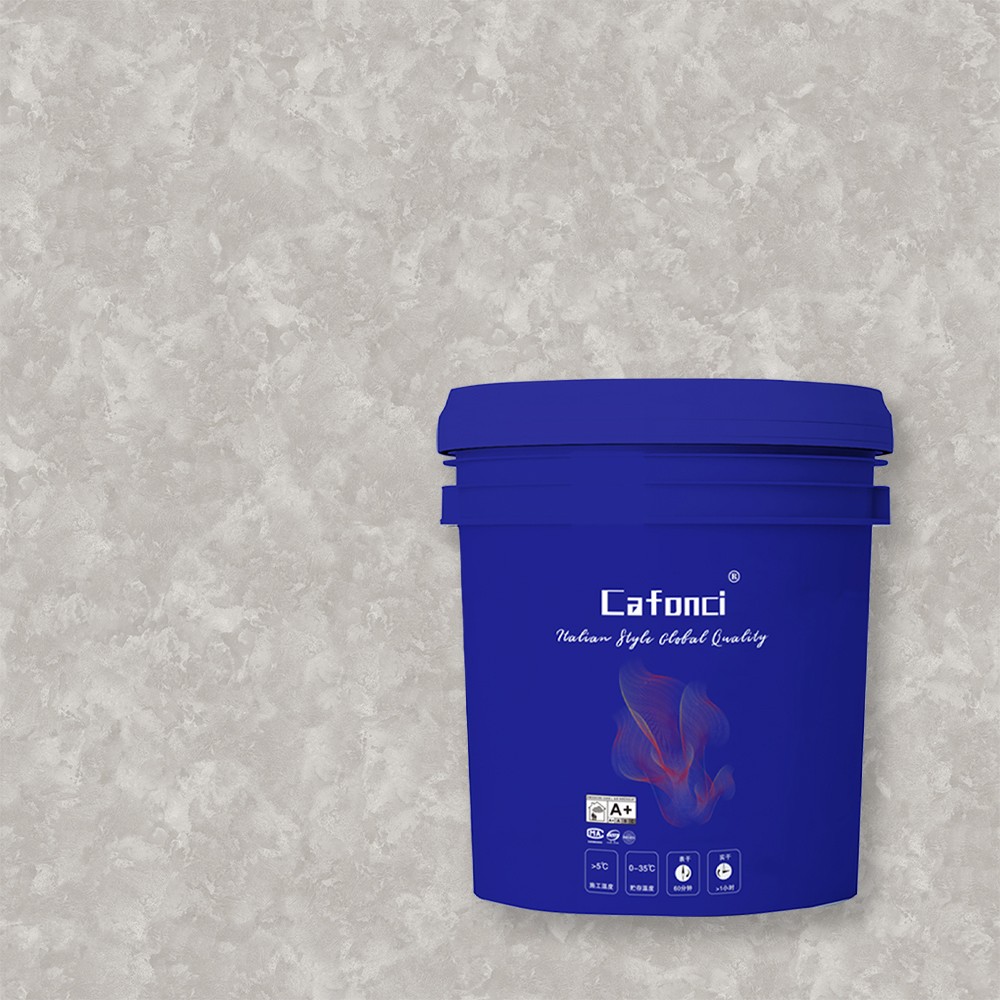The Best Paint Roller for Textured Walls: How to Achieve a Smooth (or Bold) Finish
Painting textured walls can be tricky—using the wrong roller can leave streaks, miss crevices, or waste paint. Whether you're working with Bunnings texture paint or another brand, choosing the right roller ensures a professional result. Here’s what you need to know.
What Type of Roller Works Best for Textured Walls?
The ideal paint roller for textured walls has a thick, high-pile nap (the fuzzy part) to reach into grooves and bumps. Consider these options

3/4" to 1-1/4" Nap Roller – Best for light to medium textures (e.g., orange peel, knockdown).
1-1/2" Nap Roller – Ideal for heavy textures (e.g., stucco, popcorn ceilings).
Woven Fabric Roller – Helps spread thick texture paints evenly.
Pro Tips for Painting Textured Walls
✔ Use Enough Paint – Textured surfaces absorb more paint than smooth walls.
✔ Roll Slowly & Evenly – Press firmly to cover all ridges and valleys.
✔ Work in Small Sections – Prevents lap marks and uneven drying.
✔ Maintain a Wet Edge – Blend each new stroke into the previous one.
Where to Buy the Right Roller
Warehouse stocks a variety of high-quality paint rollers suitable for textured walls. Look for durable, synthetic sleeves that hold paint well without shedding fibers.
Final Thoughts
The right paint roller for textured walls makes all the difference—saving time, paint, and frustration. Pair it with Bunnings texture paint for a flawless, long-lasting finish.
Would you like recommendations for specific brands or additional techniques?


